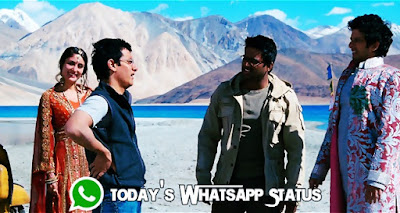The idea of a “block” function is easy enough to understand and it is one that every Long Island social media agency can detail. Once you block someone – not only on social media but instant messaging, for example – that person can no longer get into contact with you. As a result, one would imagine that such a feature would be welcome on Twitter. However, judging by the details that were given, perhaps the many users on the site were right in speaking against it.
This past Thursday, Twitter seemingly had no choice but to do away with its “block” feature but what exactly did it entail beforehand? According to the details, even though a user might have been blocked on Twitter, the truth of the matter was that he or she could still see the tweet of the person who blocked them to begin with. However, it would be done without the victim being notified of such an action. To say that this drew a flood of criticisms from the Twitter masses would be nothing short of an understatement.
There were many messages that spoke against the change, one instance being user @edcasey who posted, “”New @twitter block policy is like a home security system that instead of keeping people out puts a blindfold on YOU when they come in.” When people sign up for a site that is designed for the purpose of communication, they want to feel safe. They want to know that, if anything were to happen that could endanger their safety on the Internet, they wouldn’t be short on options. The fact that an online petition went around in order to change this policy speaks volumes about its less-than-favorable stance.
Soon thereafter, Twitter made a change so that users would not only be able to do away with blocked users viewing or responding to their tweets but they will be notified once a user is blocked. Even though there was a vocal majority that spoke against the policy beforehand, it’s easy to assume that there was a minority that was for it. However, it should be understood that Twitter is, to put it simply, a business. Seeing as how Twitter has been viewed as being worth $10 billion, why would the company want to sacrifice this by not acquiescing to the gripes of the aforementioned majority?
Michael Sippey, the VP Product for Twitter, said, “Moving forward, we will continue to explore features designed to protect users from abuse and prevent retaliation.” One can only hope that this is the case without hindering the safety that Twitter users had beforehand. While it goes without saying that mistakes will happen in an industry, the most important endeavor is winning back the trust of its audience. Security can be brought to the forefront; it’s just a matter of recognizing the missteps from before.




















